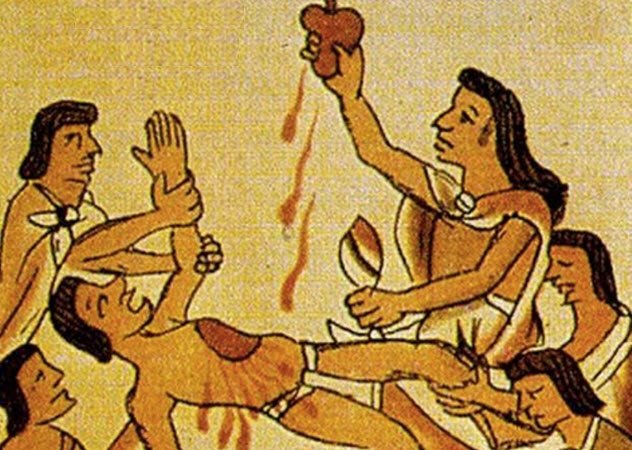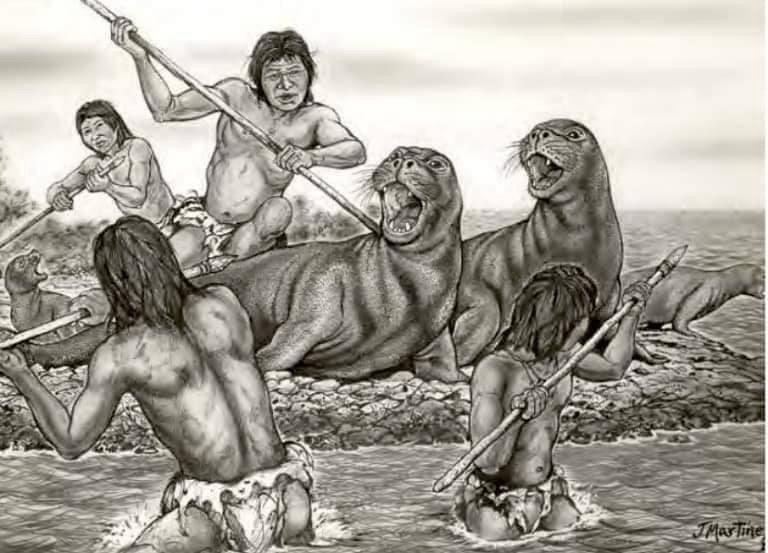
Legend has it that in the remote past, in the lands we know today as Mexico, sacrifices were made in honor of the gods. In these rituals, human hearts were offered, consumed with sesame seeds, in an act that symbolized devotion and gratitude. However, with the arrival of the Spaniards, these ancestral practices were transformed, giving way to a new way of honoring the dead: pan de muerto (bread of the dead).
The Tradition of Offerings
Offerings for the dead have their roots in pre-Hispanic cultures. Among them, one of the most venerated deities was Cihuapipipiltingoddess dedicated to women who died in childbirth. It was believed that their souls wandered through the air, causing illness among children. To appease their spirits and avoid their wrath, families offered gifts in temples and at crossroads.
These offerings were an act of love and respect, consisting of "loaves" with various figures, such as butterflies or rays, known as "bread". xonicuille. These were made from amaranth, a food considered sacred. In addition, they were offered unleavened breada dry and toasted cornbread, which Sahagún described as yotlaxcalli. Also included were tamales (xucuientlamatzoalli) and roasted corn called izquitilAmaranth is the main food in almost all of the offerings.
The Celebration of Huitzilopochtli
Friar Diego de Durán, in his chronicles, relates how, during the celebrations in honor of Huitzilopochtlipeople did not eat anything else other than tzoalli with honey. This mixture, based on amaranth and wasp or maguey honey, was used to create a large idol in honor of the god, which was carefully decorated and dressed. At the feet of the idol, large "bones" were placed as part of the offering, along with small tortillas that were shared after the feast. This ritual not only fed the gods, but also strengthened the ties between the living and the dead.
The Evolution of Pan de Muerto
Over time, pan de muerto began to take the form we know today. Its ancient equivalent was the huitlatamallia kind of tamale that was also offered in ceremonies. In the pre-Hispanic era, there was the papalotlaxcallior butterfly bread, which was exclusive to these celebrations. This bread was made by printing a butterfly-shaped stamp on the raw dough, which, when baked, was painted with vibrant colors.
Conclusion: A Symbol of Life and Death
Today, every time we taste a piece of pan de muerto, we not only savor a delicious delicacy, but we also pay homage to a rich tradition that has endured through the centuries. This bread is a symbol of the connection between the living and the dead, a reminder that our roots are full of history, love and devotion.
So, this coming Day of the Dead, as you share pan de muerto with your family and friends, remember the profound history that accompanies it. Each bite is a celebration of life, a tribute to those who have departed and a reaffirmation of our cultural traditions. Celebrate with joy and keep alive the memory of those we love!
We invite you to get to know the artisanal desserts from panquequieres! A delight to the palate.




